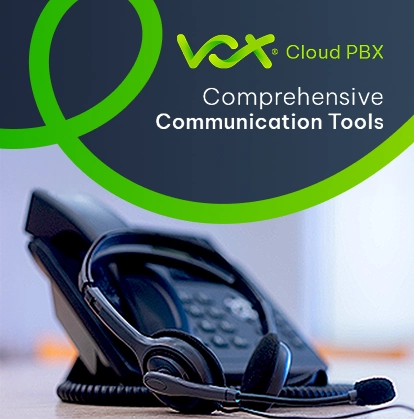Over the past few years, Managed service providers (MSPs) have had to significantly up their game not just to keep pace with a rapidly evolving world but also to offer their customers the peace of mind that no matter where or when they are accessing the internet, they are secure and have support 24/7. That’s the nature of the world we live in, where a typical nine to five mindset is antiquated.
Perhaps as a sign of the times, the number one concern on everyone’s mind today is, or should be, security. Prior to the pandemic, security was certainly lower on most people’s radars – both businesses and their employees. They were onsite and protected by the business’s firewall and other security mechanisms, and either had onsite physical support, or secure support through a VPN.
Enter the pandemic, and this world was turned on its head. Today you can sit in on a Teams / virtual meeting with team members in Johannesburg, Cape Town, Knysna, one in London and another in China. This is the nature of the world of work today. Hybrid working means that an employee can work from the office, home or a coffee shop in Shanghai. This has necessitated a massive mindset and tactical shift.
An employee who freely did his or her banking from the security of inside a company’s firewall has to ask: is it safe for me to do my banking now? From the perspective of an MSP, this user, and every user in the business need to be secure and have access to support 24/7. It is not possible to use a VPN to access the environment to look after remote workers and so MSPs simply must invest in the best tools. They simply must have a powerful remote management solution to be able to securely connect to any of their customers with their permission, audit everything they do on those workstations, and automate important tasks. Beyond that, an MSP must have teams of specialist engineers to support any users at any time.
Returning to security, it is known that some regions generate a great deal of malicious traffic. It is not always as simple as deciding to shut off all traffic from a particular location. Business people travel all over the world, including regions with high volumes of malicious traffic. In this instance, the MSP must find innovative and secure ways, with the right tool sets, to provide support for these users, so that if they log into the network from a remote location in another country in another timezone, they still have peace of mind that they are safe and secure, and can call on real-time support.
It is abundantly clear that businesses can no longer manage this on their own. The days of having an “IT guy” in-house or on contract are numbered. There is just no way one person, or even a team of three, can manage the workload of securing and supporting a modern environment, even if this environment only has 50 people. The sheer number of systems and activity logs makes it impossible, and even if possible, the chances of missing important red flags skyrockets. Beyond this, without a team working shifts, there’s no 24/7 support. This is where a modern MSP has a tactical advantage – precisely because of the teams of focused specialists, such as security teams, firewall teams, and so on.
And so, what should an MSP be able to answer to know whether it has stepped up to face the new world of working head-on? An MSP 2.0, so to speak, needs to ask and answer these questions honestly:
Am I able to support a customer regardless of when they log in and where they are? Can I secure a customer regardless of which country they are in? Can I offer genuine real-time support, 24 hours a day, seven days a week? Do I have the right tools to ensure safe and effective offsite management, monitoring and reporting? Do I have the capability to automate important processes?
The last two questions are particularly important, because in our experience, businesses don’t want to have to log into 10 different portals to see the status of their environment. An MSP needs to provide a single pane of glass view of the entire environment. Looking over the entire network, it needs tools that allow all the elements to talk to one another, and draw important correlations. Correlation is important as these insights help identify where problems are so that they can be dealt with quickly.
Lastly, automation is not just about assigning fewer hands to a task. On the contrary, it can provide a tactical advantage. It is one thing to gather hoards of information, but what you do with it can be the difference between success and failure. It is therefore vital for an MSP to have the capability to automate proactive responses for certain events. For example: If a machine detects that it has ransomware, that’s not enough. You need a system to cordon off that part of the network, shut off the machine and take a few other crucial steps as quickly as it is detected.
It’s abundantly clear that not only is the world easier to navigate with the rapid evolution of technology, it is also more risky to conduct business considering a disparate workforce and a rapid uptick in cybercrime. This makes the job of an MSP more important than ever before, and so MSPs would do well to up their game and keep up with the times.












